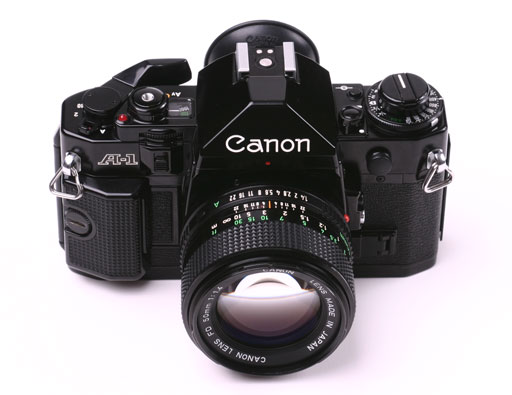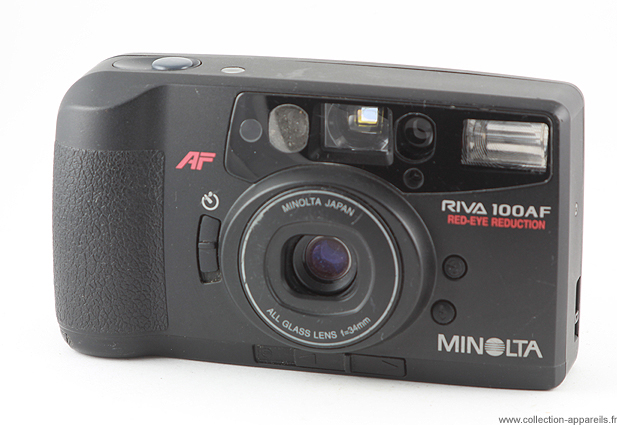Similar to a murder mystery party, everyone assumed their character, engaging in the banquet as they would've. The production wanted to look as authentic and bizarre as possible as to best depict the rationale, and explore this point of view on electro-swing.
Invite
Official invite design
Costumes
Gathering costumes - 1830s/40s dresses and then stark different mad hats creating this anachronism mirroring what electro swing is
The hats connote different time periods and present various creatures and objects (like flowers / mushrooms/ fruit ) - this pastiche and anachronism working together juxtaposes and intrigues creating a more discover-able and surreal visual design
Gathering costumes - 1830s/40s dresses and then stark different mad hats creating this anachronism mirroring what electro swing is
The hats connote different time periods and present various creatures and objects (like flowers / mushrooms/ fruit ) - this pastiche and anachronism working together juxtaposes and intrigues creating a more discover-able and surreal visual design
Accessories & Props
Gathering accessories and props was vital to gaining the correct desired aesthetic, in line with the concept and research. In order for the element of pastiche to work, the design sought to keep the clothes normal and proper to dinner party/ fancy banquet attire whilst adding extra accessories that add the element of surrealism and psychedelia.
Decor
From visiting charity shops and antique markets, as well as from parents and grandparents, the design gathered relevant decor for the table, in order to visually fill the final composition. The plants a reflective of Alice In Wonderland, as are the tea cups, to fully convey the tea party aesthetic, along with an antique clock. The various wine cups and chalices vary in scale and design, along with the alcohol, with the intent to mirror the chaos that the photographs hope to emit. The decor sets the scene through its vibrancy and variety, as well as the antiquated nature of the objects, in the hope to mirror a 1930s dinner table.
Camera considerations:
Due to restrictions of where the event could take place, there were to be lighting issues that need to be noted. Ideally the photographs would all be taken on film to mirror the old aesthetic, however due to the light source from the windows being behind, this means film would be tricky to capture good lighting. As such, 3 film cameras (two point and shoot, and one analogue) are to be used as well as one digital one. The digital one to ensure that at least a few come out with good lighting, as a precaution, as only a few shots are needed for the final production. The photos on the digital one can be edited afterwards on Photoshop to give them the grainy old feel.
The variety of cameras was important for shooting a range of styles and aesthetics, in order to choose the best outcome. Having comparisons allows the design to focus on areas that work best and justify the productions with more authority.



From visiting charity shops and antique markets, as well as from parents and grandparents, the design gathered relevant decor for the table, in order to visually fill the final composition. The plants a reflective of Alice In Wonderland, as are the tea cups, to fully convey the tea party aesthetic, along with an antique clock. The various wine cups and chalices vary in scale and design, along with the alcohol, with the intent to mirror the chaos that the photographs hope to emit. The decor sets the scene through its vibrancy and variety, as well as the antiquated nature of the objects, in the hope to mirror a 1930s dinner table.
Digital
Film
Due to restrictions of where the event could take place, there were to be lighting issues that need to be noted. Ideally the photographs would all be taken on film to mirror the old aesthetic, however due to the light source from the windows being behind, this means film would be tricky to capture good lighting. As such, 3 film cameras (two point and shoot, and one analogue) are to be used as well as one digital one. The digital one to ensure that at least a few come out with good lighting, as a precaution, as only a few shots are needed for the final production. The photos on the digital one can be edited afterwards on Photoshop to give them the grainy old feel.
The variety of cameras was important for shooting a range of styles and aesthetics, in order to choose the best outcome. Having comparisons allows the design to focus on areas that work best and justify the productions with more authority.
Cano A-1

Minolta Riva 100AF
Olympus stylus zoom

Canon eos 1200d



































No comments:
Post a Comment